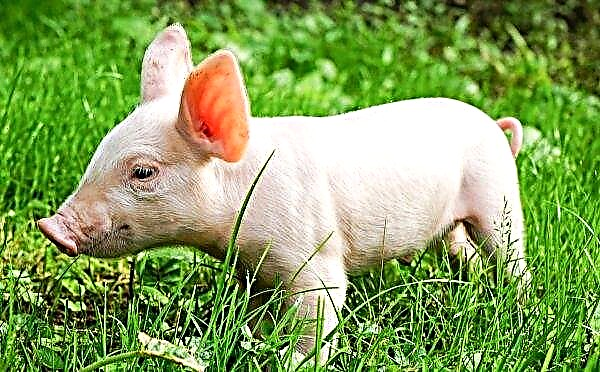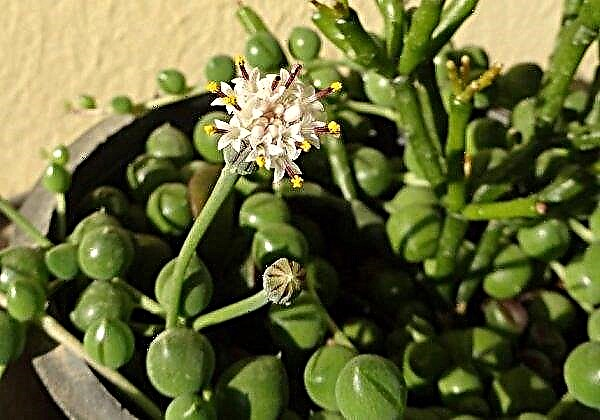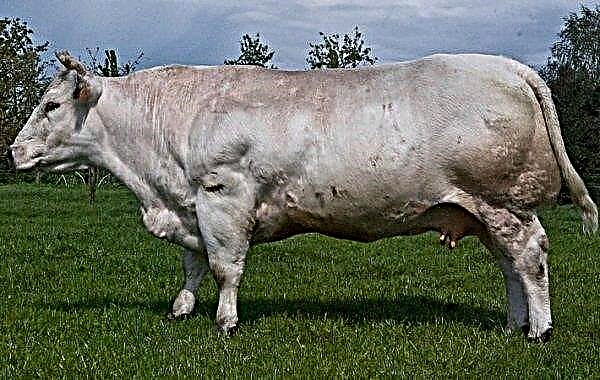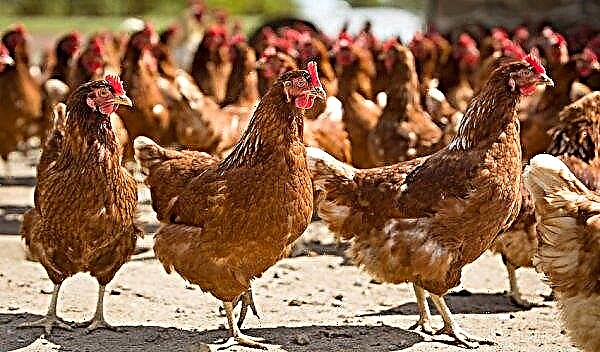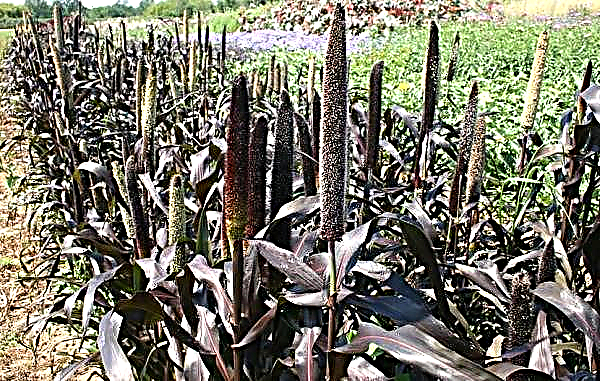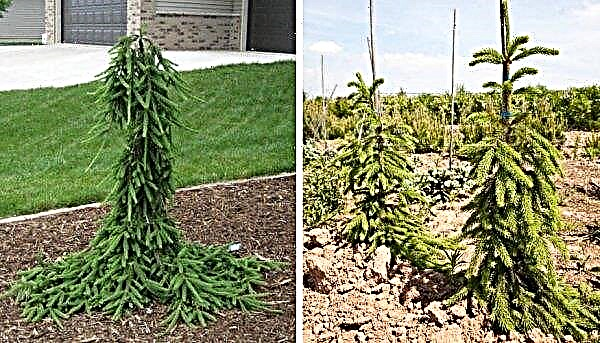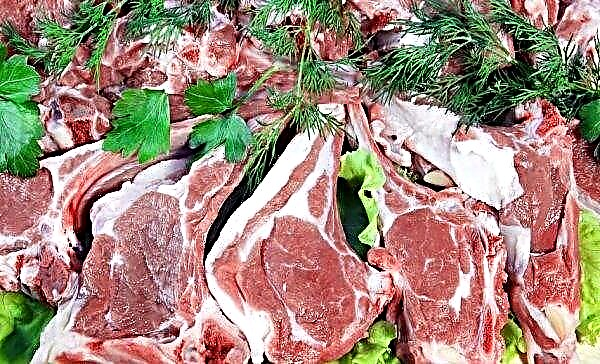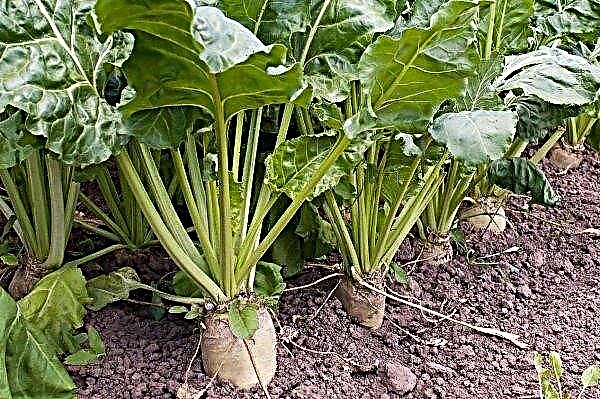Forest or wild strawberries have an external resemblance to wild strawberries, so these berries are often confused. But these are different plants that have different meanings, places of growth and application.
Botanical Description and Characterization
It has long been believed that strawberries are a berry growing in forest edges, and strawberries are a cultivated plant grown in summer cottages, in front gardens. However, according to botany, such a view is incorrect. We offer to understand how these plants look, what is common between them, and what differences they have.
Did you know? Strawberries got this name, since its fruits, when ripe, almost touch the ground.
Strawberry
Strawberry - This is the name of several species of plants from the genus Strawberry of the Pink family, which bring spherical berries. Translated, it means "ball", "spherical body."
Earlier this name was called green strawberry (Fragaria viridis). And today it is better known as wild strawberry, forest strawberry. This species was first grown on household plots, and later it was replaced by others - first nutmeg (Fragaria moschata), and then pineapple or garden (Fragaria ananassa).
It is these large-fruited species specimens today that summer residents and gardeners call strawberries.
The appearance of a wild strawberry bush and its fruits can be found in the photo. It grows in height from 15 to 40 cm. It has a thin stem and short antennae. Leaflets in the form of ovals, have teeth on the edges, pubescent from below. During flowering, small white flowers with a diameter of 2 cm appear. The fruits are spherical, weighing 1-2 g, red, very fragrant. Fruit bearing period: July-August.
Strawberries
The genus Strawberry includes many species and varieties, about 2 thousand, including a wild species specimen. Unlike strawberries, it has sepals bent rather than pressed against the fruit, as well as smaller berries.
If we talk about a common garden view, then wild strawberries have a number of differences from it:
- she has larger bushes;
- finer berries;
- richer flavor;
- the fruits are located above the leaves;
- has fewer mustaches or does not have them at all;
- fewer berries are tied on the bushes;
- berries can be white, purple, pink, cherry, strawberry fruits are usually red;
- the fruits are denser and better transported;
- characterized by resistance to cool climates.
 Common everywhere wild strawberry garden in the wild does not grow. This is a cultigen.
Common everywhere wild strawberry garden in the wild does not grow. This is a cultigen.
Today, many varieties of this plant have been bred that can bear fruit several times a season. They are called repair. Bushes of a garden species 20–25 cm high. The flowers are bisexual, white. The berries are red, sometimes white or greenish. Their pulp is red, juicy, sweet with sourness.
Important! Despite the close affinity of plants, it is impossible to cross strawberries with strawberries, since they have a different number of chromosomes.
Where wild strawberries grow
This species grows on forest slopes in Western Europe, in the European part of Russia, on the Crimean peninsula, in the western and eastern regions of Siberia, in the highlands of Central Asia.  Berry bushes prefer to grow in shady places.
Berry bushes prefer to grow in shady places.
The meaning and application of wild strawberries
The fruits of the described species contain a large amount of substances valuable to the human body. For medicinal purposes, not only berries are used, but also leaves with roots.
- With regular use, they can have such positive effects as:
- digestion normalization;
- cleansing from toxins;
- increased appetite;
- solving liver problems;
- elimination of inflammation.
Fruits can be consumed fresh, made from them preserves, juices, teas, alcoholic beverages, added as a filling to pastries, desserts.
Important! In addition to benefits, wild strawberries can be harmful to humans if consumed in excessive quantities. It is contraindicated to eat this berry for allergies, small children, people suffering from acidity of the stomach, colic.
Collection and storage rules
To collect the fruits of wild strawberries, you need to make an effort. The fruits can be picked 2-3 days before they are fully ripened, when they are painted in a light red color and have reached the sizes stated in the description. In a state of technical maturity, the fruits are dark red. It is torn from the bush along with a cup, which is difficult to separate from the berry.
It is torn from the bush along with a cup, which is difficult to separate from the berry.
Fresh when stored in the refrigerator, the shelf life of the berries is about a week. To keep them longer, the fruits can be dried and frozen. Shelf life of dried berries - 2 years, frozen - 1 year.
So, wild strawberries grow on forest edges, bring a small amount of small sweet berries, which can have a number of beneficial effects on the human body.. Despite belonging to the same genus, the plant has characteristic differences from both wild and garden strawberries.

